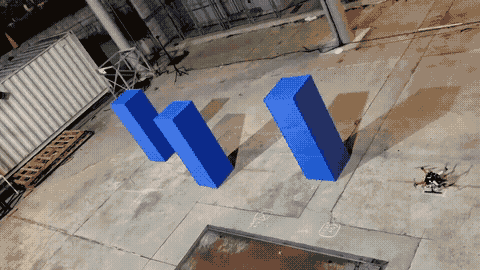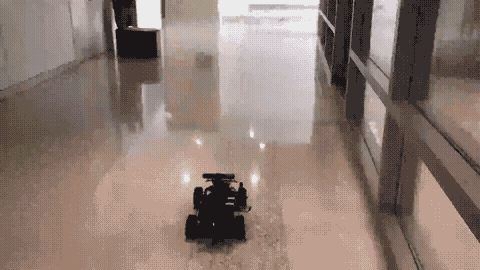Thai Duong

I am a postdoctoral research associate in the Kavraki Lab at Rice University, working with Prof. Lydia Kavraki on task and motion planning.
I obtained my Ph.D. from the Department of Electrical and Computer Engineering at University of California, San Diego. I worked on “Learning Environment and Dynamics Representations for Autonomous Robot Navigation” under the direction of Prof. Nikolay Atanasov at the Existential Robotics Laboratory. A long time ago, I worked as a software engineer at Microsoft. I obtained my M.S. degree from Oregon State University, Corvallis, Oregon and B.S. degree from Hanoi University of Science and Technology, Hanoi, Vietnam.
Research Interests
My research goal is to develop efficient, safe and reliable autonomous robot systems by integrating robot learning, planning and control in a principled manner. My work focuses on learning accurate robot dynamics and environment models that preserve the domain knowledge by construction for efficient motion planning and control. My techniques have been applied to multiple robot platforms with various applications such as: navigation and exploration with ground and aerial vehicles, aggressive maneuvers with legged robots, and task and motion planning with manipulators. My general research interests include robotics, machine learning, control theory, and optimization.



